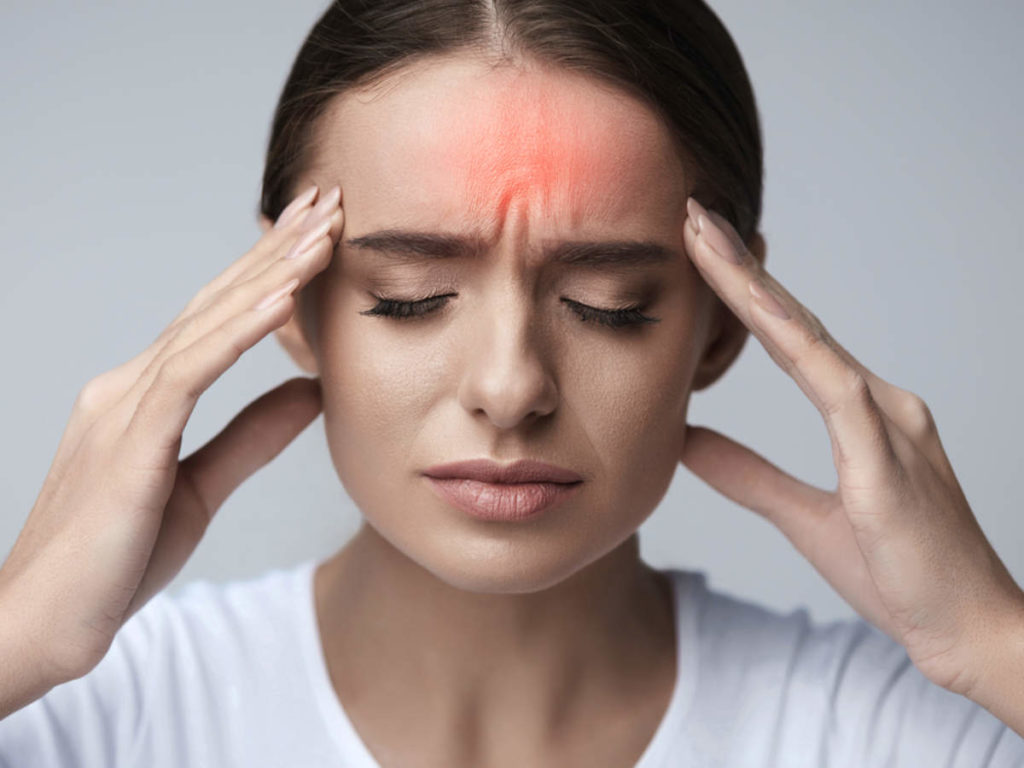Incidence of Migraine
Migraine is a headache disorder which, according to estimates, occurs, in some form, in up to 1 in 7 of the population. Peak onset is between the ages of 25 and 55 years, but it also frequently occurs in teenagers. Migraine most commonly is episodic in nature but can also become chronic. Chronic migraine is present if there are more than 15 headache days per month, of which more than 8 are migrainous in nature. This condition is present in up to 2% of the adult population.
Chronic migraine is a devastating condition that has massive individual and societal implications. We can see, from the peak age of incidence, it tends to be a condition of those of working and studying ages. The condition therefore tends to interfere with students studying for school or university exams or young people trying to find or maintain employment. It is essentially a disease of tax payers.
As such, the financial implications of this disease are enormous. The World Health Organisation has ranked chronic migraine as the second leading worldwide cause of years lived with disability. In 2012, a European study estimated that the cost of chronic migraine amounted to EUR 111 Billion per year in EU countries.
Migraine – Trigger or Premonitory Symptoms?
Migraine is a primary neurological condition associated with hyper-excitability of the brain which can manifest in many different ways. Headache, typically, but not always unilateral, is one of a constellation of symptoms characteristic of migraine. There are typically 4 stages to a migraineous attack:-

1 – Premonitory Phase
2 – Aura Phase. We often consider this phenomenon to be characteristic of migraine, but in fact, it is only present in about a quarter of migraineurs.
3 – Headache Phase. This can last anything from 4 – 72 hours. Headache is typically, but not always, predominant on one side or the other. Nausea and/or vomiting often occur at this stage as well as sensitivity to bright light, loud sounds or strong smells.
4 – Postdrome Phase. This, like the headache phase, typically lasts for anything from 4 – 72 hours. It therefore is easy to see how somebody who suffers chronic migraine can spend the majority of their time in any one of the 4 phases of migraine.
The Premonitory Phase
The premonitory phase is a pre-headache phase which can last for up to 24 hours prior to onset of headache. This may involve a range of symptoms or experiences such as tiredness, yawning, food cravings, mood changes (high or low), thirst, neck stiffness and passing more urine. It is important to recognise this stage as a useful warning, but also distinguish the symptoms from a trigger. For example, a particular food like chocolate may be consumed due to a phase of sweet craving. If this craving was part of the premonitory phase, the attack had in fact already started. In this case the chocolate this may be incorrectly regarded as the trigger.
This concept of trying to distinguish between the concept of a trigger or premonitory phase is the subject of the featured article. Making the distinction between cravings associated with the premonitory phase and triggers associated with migraine could be extremely helpful in predicting the onset of a migraine attack. Ultimately, this could lead and a better understanding of the headache evolution and pattern
Read the full article here

